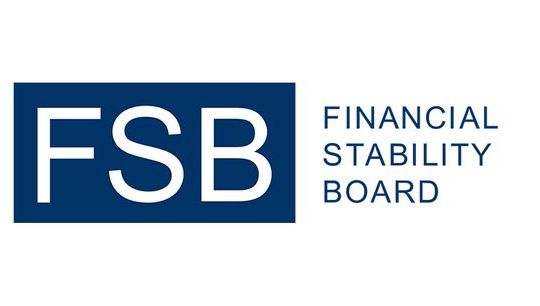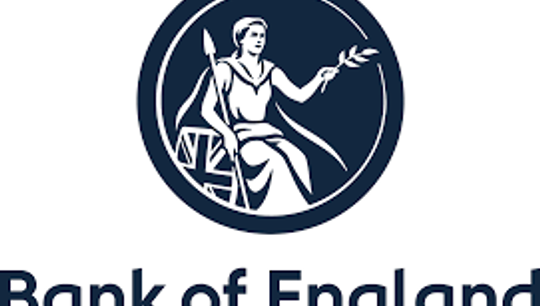The virtues of private debt in a rising rate environment
By Gordon Henderson, Managing Director, Espresso Capital
Published: 28 June 2021
While interest rates have stayed at historically low levels for more than a decade, over the past few months they’ve experienced some upward pressure. And while that means that bonds have fallen since their price is inversely related to yields, it’s worth pointing out that private debt hasn’t lost value in the same way. That’s because credit risk plays a larger role in determining the value of private debt than it does in many traditional bonds. Plus, private debt is extended for shorter terms.
This means that many private debt instruments have comparatively low durations — a measure of how sensitive their prices are to changes in interest rates. By looking at bonds and private debt in terms of duration, we can see exactly why private debt might suffer less in a rising interest rate environment.
What determines a bond’s interest rate?
The interest rate borrowers pay on bonds is made up of two parts: the risk-free rate and credit risk. Let’s look at each in turn.
If lenders can be certain of repayment, their only concern will be the purchasing power of the money that they get back in the future. And, they will price their loans at a level that at least preserves that purchasing power. The risk-free rate is fundamentally a reflection of inflation expectations.
In many countries, including the US and Canada, yields on government bonds are used as a proxy for the risk-free rate. The likelihood of the US government defaulting on its obligations, for example, is so small that it can normally be completely discounted. In practice, there are other factors that influence government bond prices, but the predominant driver is inflation expectations.
Some borrowers also have to consider credit risk — the possibility that a loan won’t be repaid on the agreed terms. To allow for this possibility, risky borrowers have to pay higher interest rates than safe ones. This concept can also be extended to account for timing. While an overnight loan is probably quite safe, a lot can go wrong over longer periods of time. Longer loans are therefore riskier than shorter ones, and all else being equal, will have higher interest rates.
Why do bond prices and interest rates move in opposite directions?
Although some bonds are sold with 0% coupons, most feature regular interest payments or coupons. By convention, many bonds are priced with a face-value — the amount that will ultimately be repaid — of US$1,000. A bond with a 5% coupon will therefore pay US$50 per year in interest.
If interest rates rise by half a percentage point, investors can get US$55 for every US$1,000 they invest in a new but otherwise identical instrument. However, for investors to earn the same percentage return on the first bond as they can on an equivalent note issued at the higher rate, the price of the first bond has to drop to US$909.
At that level, the US$50 that it pays out per year represents a 5.5% yield to investors, the same as they could earn on the new bond. Of course, the same math also applies in reverse. If interest rates fall, the prices of existing bonds will rise to balance out the yields between equivalent instruments.
What is duration?
Mathematically, duration is the weighted average of the present value of a bond’s remaining cash flows (i.e., the interest payments that will be made in the future and the repayment of principal). Intuitively, bonds in which the bulk of the value is returned far in the future — those with low coupons or long maturities — will be more sensitive to changes in the discount rate than those which return more value to the holder in the short term (either because there are high coupon payments or because the bond will mature soon).
Time and coupon rates are therefore the two key inputs for duration calculations. Duration is positively correlated with maturity. The longer until a bond is scheduled to be repaid, the higher its duration will be. And all else being equal, duration is inversely related to yield. Low coupons drive high durations and vice versa.
Why is duration important?
Investors use duration to calculate the sensitivity of bond prices to a given change in interest rates. This allows them to compare bonds with different coupons and different maturities, and to understand how a bond portfolio will perform under different interest rate scenarios.
A bond (or portfolio) with low duration will be relatively insensitive to interest rate changes. Conversely, high duration bonds will respond more dramatically to a change in the interest rate.
Of course, duration isn’t intrinsically good or bad. Investors’ inflation and interest rate expectations will determine whether they want higher or lower duration. Although there are nuances, in general, investors will look for high duration bonds if they believe that interest rates will fall, and lower duration bonds if they think interest rates are likely to rise.
How does duration affect private debt?
Duration is principally influenced by a bond’s interest rate and maturity. Private debt includes a multitude of instruments, but many of them carry high interest rates. This is often because private debt users present some challenge to traditional lenders’ credit criteria, and as a result, require flexibility from their lender that they pay for through higher interest.
In fact, the yields on private debt are often orders of magnitude higher than those on other instruments and income categories. This reduces their duration significantly.
Ignoring the details of the math, one can intuitively grasp this logic by thinking again about how the risk-free rate and credit risk add up to a bond’s interest rate. Simply put, the risk free rate — the component of price that reflects inflation expectations — is a much larger percentage of the interest in most bonds than it is in private debt. A change of 0.1% is much more impactful to a bond with a 2% yield than it is on a loan paying 20%.
Second, duration is affected by maturity, which is also very relevant in the context of private debt. Many private debt facilities are extended on a short-term basis, which lowers their theoretical duration. But they are often repaid early because the cost of carrying that debt is high, meaning that businesses typically look to refinance them as soon as possible. This means that actual maturity (and duration) is even lower than the theoretical cases, making private debt less sensitive still.
While stated maturity is usually quite short, in practice it tends to be even shorter, which again lessens duration and lowers the sensitivity of private debt to interest rate changes.
Private debt will outperform in a rising rate environment
Bond prices move in the opposite direction to yields, and their sensitivity to changes in the yield environment is governed by the size of their coupon payments and the time until they mature. The lower the yield on a bond and the longer the time until maturity, the more sensitive a bond will be to interest rate moves.
The same math applies to private debt, but the realities of that market make changes in the level of interest rates much less relevant to the value of a particular loan. Specifically, the high interest rates charged on many forms of private debt, and the comparatively short periods for which loans are outstanding, lessen those instruments’ sensitivity to changes in interest rates.
President Biden has set out the most expansionary fiscal policy roadmap in many years, and the Federal Reserve has signaled that it is willing to accommodate overshoots in inflation in the short term. Many other governments around the world have borrowed significantly to blunt the economic impact of COVID-19, and historically high government borrowing has often led to increased interest rates.
Many forecasters have predicted higher rates at different times over the past decade, and these calls have been wrong. However, the market is now starting to seriously consider the possibility of inflation, and with it, the potential for interest rates to rise. If they do, private debt, with its combination of higher starting yields and shorter maturities, will likely fare better than many traditional fixed income instruments.







